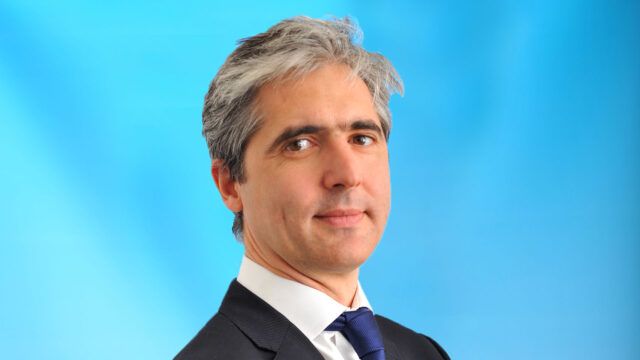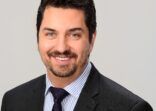Although 2024 will be the year bond investors should benefit from extending duration at some point, there are times tactically to add to short duration when rate cut bets run ahead of themselves.
This is the view of Amundi CIO global fixed income Grégoire Pesquès, who told FSA that he has been tactically adding back short duration because a March rate cut as implied by the market is unlikely.
In the wake of seemingly inevitable central bank rate cuts, some investors have been taking the opportunity to extend the duration of bond portfolios to take advantage of falling rates.
“If you definitely think that the battle against inflation is over, you need to be long duration,” Pesquès (pictured) said.
However, where investors should add duration and where they should overweight, depends on who is winning the battle against inflation.
Pesquès pointed to how emerging market central banks such as Brazil and Mexico, due to their experience in fighting inflation, were quicker to act and are further along in controlling inflation in their markets.
Brazil’s central bank for example starting hiking interest rates in mid 2021, a full year before the US Federal Reserve started hiking.
EM looks attractive
This is why Pesquès suggested that it is important to look at each market and use the real yields as a guide to determine where to extend duration.
“When you look at Brazil or Mexico, you have nominal rates of around 9% to 10%, and inflation around 4% to 5%, you have very attractive real yields. And volatility is not that high – so there are attractive opportunities there,” he said.
He said Amundi has been extending duration in selective emerging markets, and he is looking to extend duration in the US at some point in this year.
“I think 2024 will be the year where you have to be at some point overweight duration,” he said.
Pesquès was gradually extending duration in portfolios until after the two-month rally in November and December which saw the best two-month bond market total return seen in decades – but which may have gone too far.
“Add duration, but not at any cost”
He said: “The market went to another extreme when it was pricing an 80% probability of a cut in March, which is not at all my scenario.”
“The goal this year is to continue to add duration, but not at any cost,” he said. “When you start to see cuts priced in Q1 or early Q2, I think it’s more an opportunity to be slightly more defensive.”
He added that one way to position for the normalisation of monetary policy and a victory against inflation is to be positioned with steepening strategies – favouring the short-end of the curve versus the long-end – something that he has already implemented in certain countries.
Although coming out of the pandemic and into this monetary tightening cycle US companies have stronger balance sheets than previous cycles, Pesquès warned there is still a risk that high-yield bonds will sell-off.
“If the recession is harder than expected, it means that high yield will need to re-price,” he said.
“For the moment, when you look at risky assets, whether its equities or high-yield, they are not pricing in a recession – that is why we prefer high quality and short duration.”

















